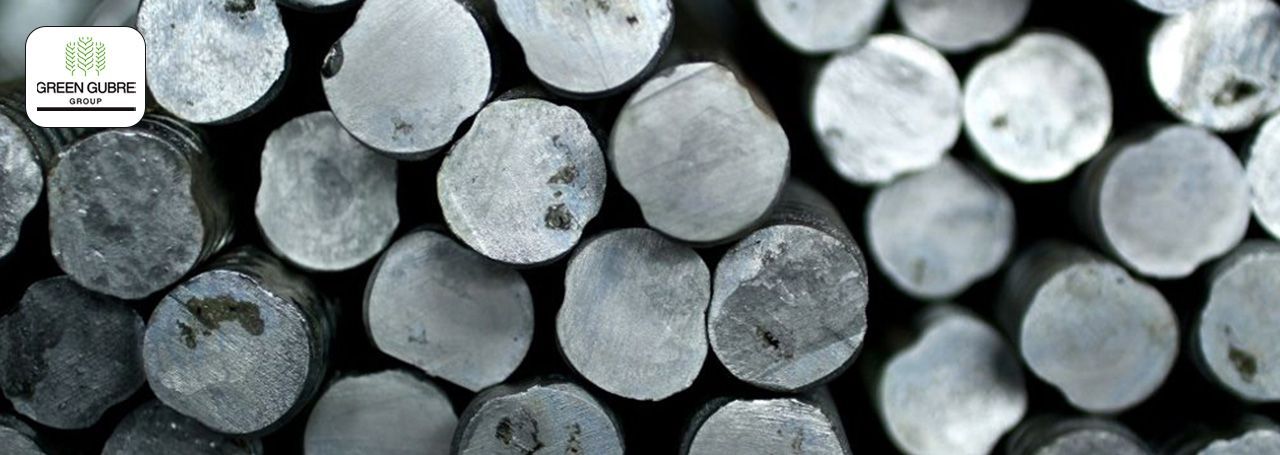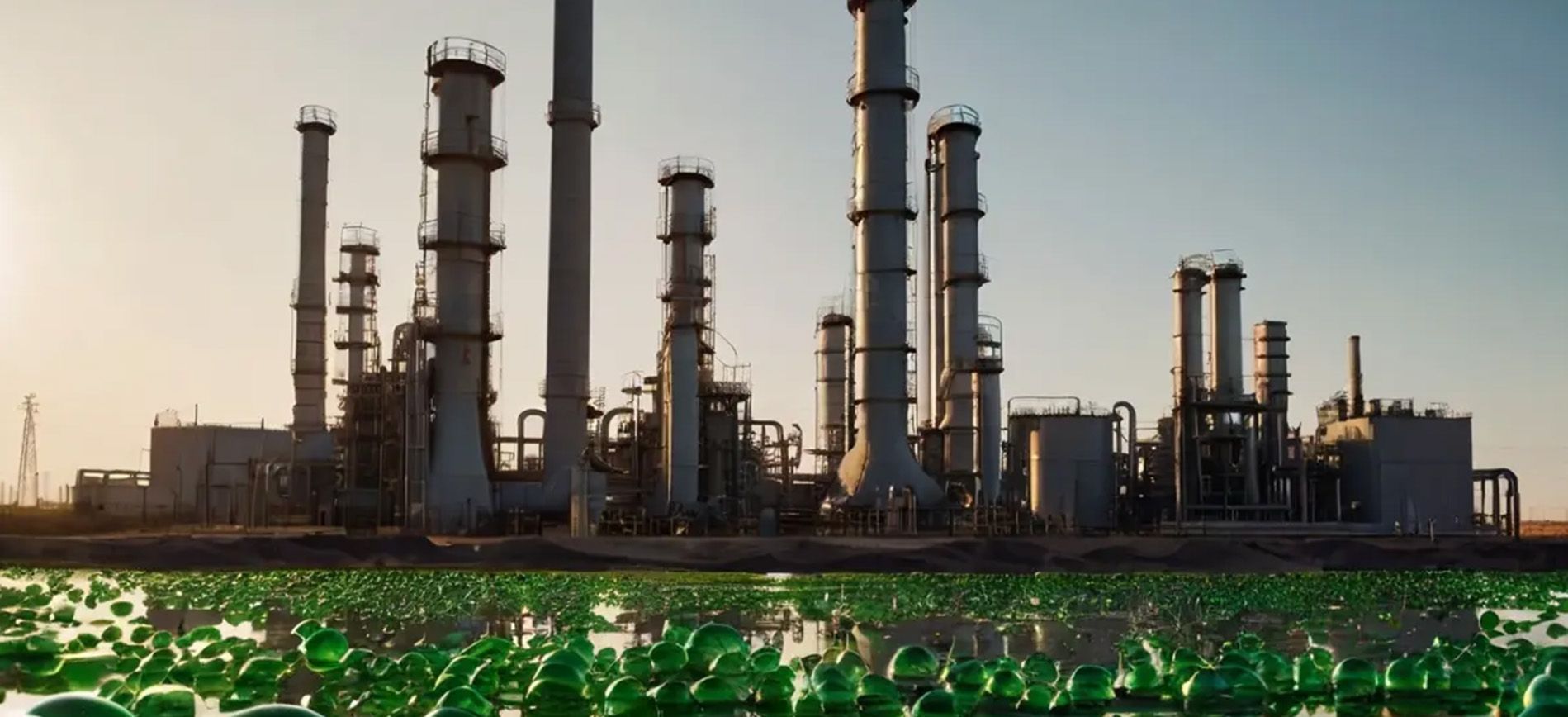The Role of Low-Alloy Steel in Industrial Applications
The Role of Low-Alloy Steel in Industrial Applications

Low-alloy steel is an essential material in various industrial sectors due to its enhanced strength, toughness, and resistance to wear and corrosion. This type of steel contains small amounts of alloying elements, typically less than 5%, which significantly improve its mechanical properties. Low-alloy steel is widely used in applications requiring high performance under challenging conditions, such as construction, heavy machinery, automotive manufacturing, and oil and gas industries.
What is
Low-Alloy Steel?
Low-alloy steel is a steel alloy that contains a small percentage of elements other than iron and carbon. Common alloying elements include chromium, nickel, molybdenum, vanadium, and manganese, which enhance the steel’s hardness, toughness, and corrosion resistance. These added elements also improve the steel’s ability to withstand extreme temperatures, making low-alloy steel ideal for demanding industrial applications. Unlike high-alloy steel, low-alloy steel focuses on maintaining balance between cost and enhanced mechanical properties, providing both strength and durability without significant cost increases.
Key Properties of
Low-Alloy Steel:
1. High Strength and Toughness:
The addition of alloying elements enhances the strength and toughness of low-alloy steel, making it capable of withstanding high stress and heavy loads in industrial applications.
2. Wear and Abrasion Resistance:
Low-alloy steel is highly resistant to wear and abrasion, ensuring a longer service life for components exposed to friction and harsh environments. This property is particularly useful in industries such as mining, construction, and heavy equipment manufacturing.
3. Corrosion Resistance:
The alloying elements in low-alloy steel improve its resistance to corrosion, allowing it to perform well in corrosive environments such as marine, oil and gas, and chemical processing industries. This makes low-alloy steel a reliable material for offshore platforms, pipelines, and storage tanks.
4. Improved Weldability:
Despite its high strength, low-alloy steel maintains good weldability, allowing for easy fabrication and assembly in industrial construction projects. This makes it suitable for large structures such as bridges, skyscrapers, and pressure vessels.
5. High Temperature Resistance:
Low-alloy steel can withstand extreme temperatures, both high and low, without compromising its structural integrity. This property is crucial in industries like power generation and petrochemical, where components are exposed to heat and cold fluctuations.
Benefits of
Low-Alloy Steel:
1. Enhanced Performance in Tough Conditions:
Low-alloy steel is engineered to perform in harsh industrial conditions, offering superior resistance to wear, fatigue, and corrosion. Its ability to retain its strength under extreme temperatures and heavy loads makes it ideal for critical applications.
2. Cost-Effective Solution:
Compared to high-alloy steels, low-alloy steel offers improved mechanical properties at a relatively lower cost. Its enhanced performance, combined with its affordability, makes it a cost-effective solution for industries requiring durable and reliable materials.
3. Longer Service Life:
Due to its enhanced toughness and resistance to wear, low-alloy steel components often last longer than those made from conventional carbon steel. This reduces the need for frequent maintenance and replacement, resulting in cost savings over time.
4. Versatile Applications:
Low-alloy steel is versatile and can be used in a wide range of applications, from structural components in buildings and bridges to critical machinery parts in industrial equipment and automotive systems. Its flexibility in use makes it a valuable material in multiple industries.
5. Environmental Sustainability:
The durability and extended service life of low-alloy steel contribute to sustainability efforts by reducing material waste and energy consumption in manufacturing. Its recyclability also supports a circular economy, where steel products can be reused and repurposed.
Applications of
Low-Alloy Steel:
1. Construction Industry:
Low-alloy steel is widely used in the construction of large structures such as bridges, high-rise buildings, and industrial plants. Its strength and resistance to corrosion ensure the longevity and safety of these structures in various environmental conditions.
2. Automotive and Transportation:
In the automotive industry, low-alloy steel is used to manufacture high-performance components such as chassis, axles, and engine parts. Its strength and toughness make vehicles safer and more durable, while its lightweight properties improve fuel efficiency.
3. Oil and Gas Industry:
Low-alloy steel is essential in the oil and gas sector for constructing pipelines, drilling equipment, and offshore platforms. Its corrosion resistance and ability to withstand high pressure and extreme temperatures make it ideal for challenging environments.
4. Power Generation and Energy:
Low-alloy steel is commonly used in the power generation industry for manufacturing components such as boilers, pressure vessels, and turbines. Its ability to endure high temperatures and mechanical stress ensures reliable performance in power plants and renewable energy projects.
5. Heavy Machinery and Mining Equipment:
Low-alloy steel is used in the production of heavy machinery and mining equipment, where it withstands abrasive conditions and heavy wear. Excavators, bulldozers, and crushers all benefit from the durability and strength of low-alloy steel components.
6. Aerospace Industry:
The aerospace sector uses low-alloy steel for components that require high strength-to-weight ratios, such as landing gear, engine parts, and airframe structures. The material’s ability to handle stress and high temperatures makes it suitable for aerospace applications.
Grades of
Low-Alloy Steel:
Low-alloy steel comes in various grades, each offering specific mechanical properties tailored to particular applications. Common grades include AISI 4130, AISI 4140, and AISI 4340, known for their high tensile strength, toughness, and heat resistance. These grades are widely used in industries where performance under extreme conditions is critical. Chromium-molybdenum (CrMo) steels, for example, are often used in the oil and gas industry, while nickel-alloyed steels are common in construction and automotive applications.
Global Demand for
Low-Alloy Steel:
As industries continue to grow and the need for high-performance materials increases, the global demand for low-alloy steel is rising. With advancements in infrastructure, energy, and transportation, the role of low-alloy steel in supporting sustainable and durable industrial applications is more critical than ever. Its use in renewable energy projects, electric vehicles, and large-scale construction is driving demand for this versatile material.
Conclusion:
Low-alloy steel is a high-performance material that offers exceptional strength, toughness, and resistance to wear and corrosion. Its versatility and cost-effectiveness make it an ideal choice for a wide range of industrial applications, from construction and automotive to oil and gas. As industries prioritize sustainability and durability, the demand for low-alloy steel is expected to grow, making it a critical material for the future of industrial development. Explore our range of low-alloy steel products designed for various industrial applications by visiting our dedicated product page.




